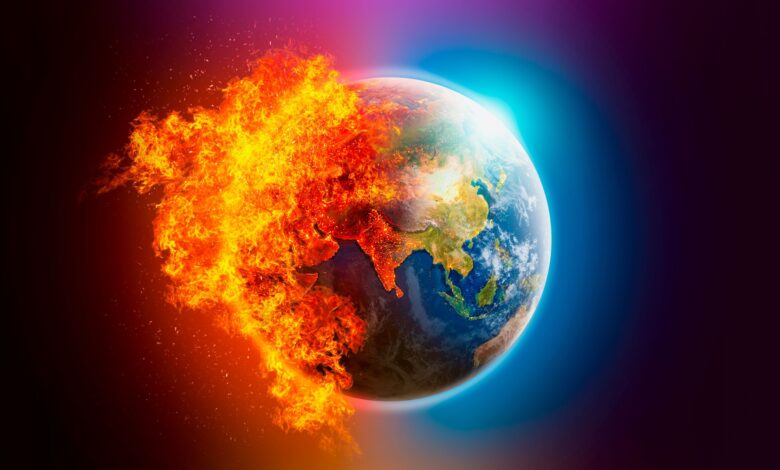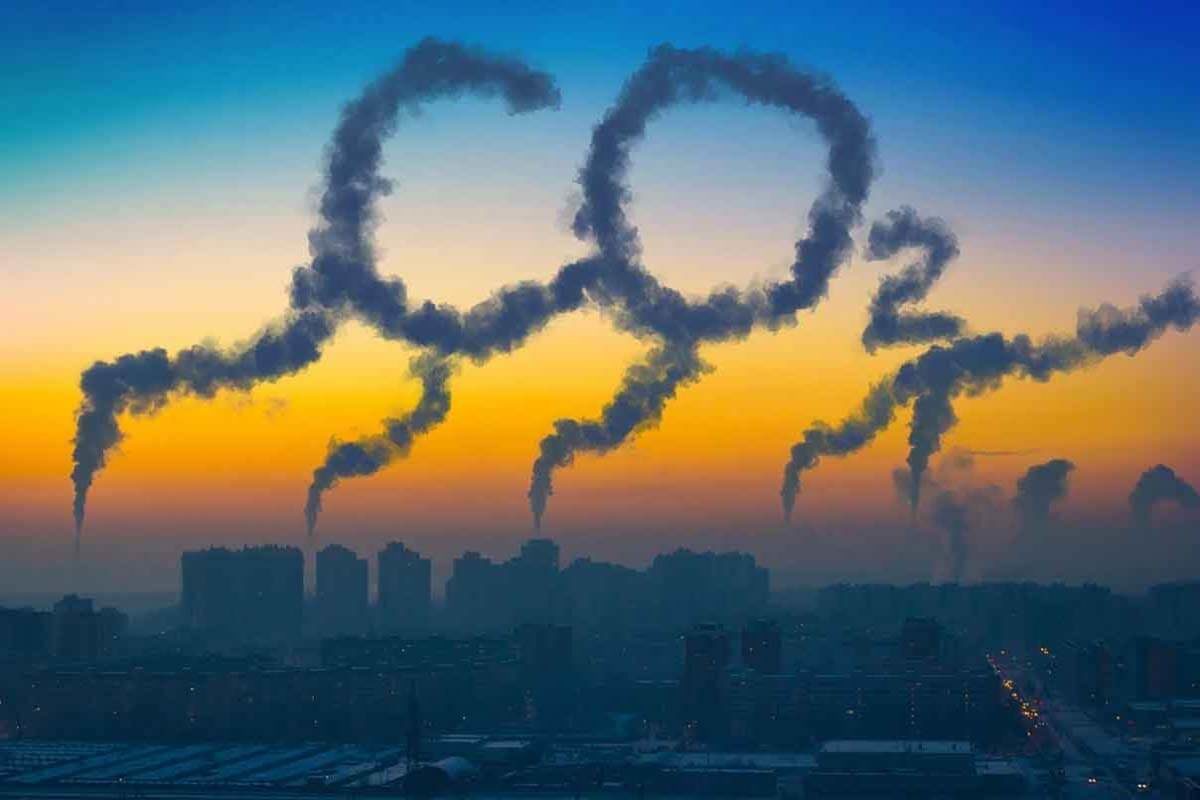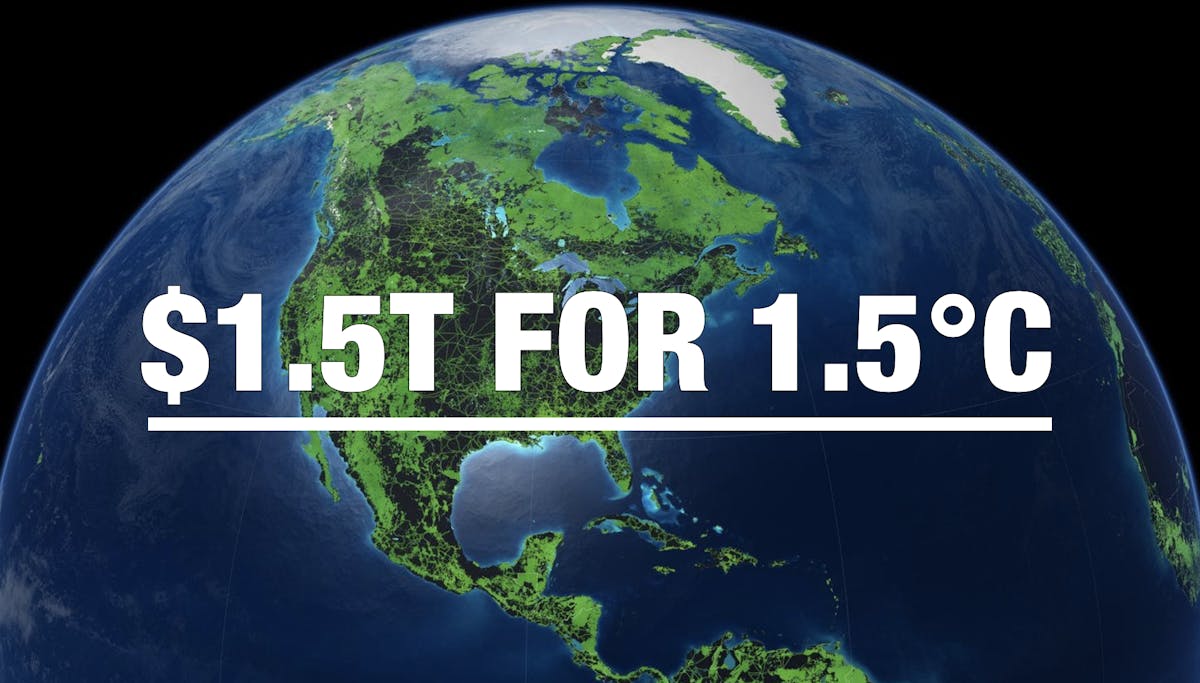Mission 2050: Rich Nations To Be No More Carbon Dioxide Rich, Net-Zero Decarbonization Is Holy Grail
From the Carbon inequality studies, it is revealed that the over-emitting nations of the Global North are liable to pay a compensation to its low-emitting counterparts, and India is one among among them. Read out to know what holds inside.

In order to set the seal on 2050 as the climate change target year, an aggregate compensation of 170 trillion dollars is due for the over-emitting nations of the world, and India would get its fair share of 1446 dollars per capita annually until the same.
The industrialized Global North accounts for approximately 90 per cent of the excess carbon dioxide emissions, with the United States of America holding the single prodigious climate-debt of 2.6 trillion dollar per year to low-emitting countries.
Carbon inequality research study highlights that some of the countries around the world tend to hold disproportionate culpability for climate breakdown by overshooting their fair share of the residual carbon budget.
As a consequence of the climate-related damages and atmospheric appropriation caused by the overshooting countries, they owe the reparation or compensation to the undershooting countries, which are concurrently and arguably in a developing or poor stage of economic growth.
In such a scenario, the Global South would be compensated by the Global North.
The top five over emitting countries of the Global North viz. the United States, Russia, Japan, Germany and the United Kingdom are liable for more than two-third of the gross compensation, totaling to 131 trillion dollars.
On the contrary, India, Pakistan, China, Indonesia and Nigeria, representing the top 5 low-emitting nations, are entitled to receive a reparation of about 102 trillion dollars.
A Fair Judgment
A total of 168 countries were analyzed by the University of Leeds Researchers, before leaking the news with the public, which also involved quantifying the historical influence for climate falling through.
The study composed of the unearthing the disproportionate share of carbon dioxide generated among the different countries, and the concurrent obligation of the whole world in forbidding the temperatures to shoot up beyond the 1.5 degree Celsius level.

The atmosphere of the Earth is a natural and common wealth for everyone that should be accessed in a sustainable and equitable manner. The Intergovernmental Panel on Climate Change gave away the findings of the global carbon budgets for 2 degree as well as 1.5 degree Celsius. Based on population, this budget was distributed equally as fair shares among the 168 countries included in the study.
Carbon Budget is defined as the fixed amount of emission of greenhouse gases on behalf of the specified level of global warming, which in this case turns out to be 1.5 degree Celsius.
Industrial revolution witnessed the surge of carbon dioxide emissions spewing into the atmosphere, which is prima facie the main cause of the global surface temperatures of the planet to rise by 1.15 degree Celsius.
The fair share of each country was then matched against the quantity of carbon dioxide released by that particular country in the historic times since 1960, along with an ambitious scenario and a business-as-usual case where the country would decarbonize to net zero by 2050 from the present figures, to get a striking result out of the whole examination.
Be that as may, if the ambitious scenarios could limit the global warming to 1.5 degree Celsius over and beyond the pre-industrial temperatures, even then the Global North would paradoxically overshoot its cumulative share of the carbon forecast by a factor of three.
The whole shebang would eventually turn out to be nothing rather than ‘unjust’, as it would seize more than half of the fair share of the carbon budget possessed by the Global South.
The overall study gauged that India and the rest of the handful of low emitting countries would have to confront the bigger repercussions of global warming and climate change.
Taking into account the industrial pollution of the Global North, low-emitting countries including India, under the present situation, would likely be more responsible for reduction in emissions as compared to their high-emitting counterparts.
By and large, India among the Global South countries would have to sacrifice a major chunk of the whole appropriated emissions when push comes to shove, and maintain the global rise of temperatures within 1.5 degree Celsius along side balancing the overindulgence of the over-emitting countries of the Global North.
Computation Of Requital

The compensation agenda for the damage caused to the planet is regarded as a evidence-based mechanism, in which the historical account to cause and prevent climate breakdown is considered in an ambitious scenario that will help all the countries to decarbonize to net zero from the current levels by 2050 and would ultimately help in reduction of global warming to 1.5 degree Celsius.
A hazardous irreversible destruction of climate change awaits the whole planet if the temperature crosses the 1.5 degree surge permanently in comparison to the pre-industrialization state of affairs.
The countries crossing the global carbon budgets by generating excess of the carbon dioxide outrush beyond the equality based fair share were deemed to be the carbon dioxide rich countries.
In order to avoid the devastating, extreme and irreversible ramifications of the climate change, countries around the world had consented in the year 2015 to place a limit on the global warming to 1.5 degree Celsius in contrast to the pre-industrial (1850-1900) strength.
Between 1850 and 2019, India is held responsible for only a meagre contribution of the net global greenhouse gas emissions of 4 per cent, in spite of chipping in more than 17 per cent of the population worldwide.
The United Nations Environment Program of 2022 pointed out that the per capita emission of greenhouse gases by India, estimated at 2.4 ton CO2 equivalent, is much lower than the global average of 6.3T CO2 equivalent.
Whereas, per capita emissions in the United States were found to be the highest and far beyond the global average with 14T CO2 equivalent, that is narrowly followed by Russia at 13T CO2 equivalent. China follows suit at 9.7tCO2e, with Indonesia and Brazil twinning next at 7.5tCO2e, and the European Union sticking along at 7.2tCO2e.
The above findings of the mission 2050 is quite remarkable against the backdrop of ‘loss and damage’ negotiations doing the rounds internationally for funds to assist the economically under-developed and the developing countries to pay a price for the climate adaptation.
The United Nations Climate Conference 2022 which took place in Sharm el-Sheikh Egypt had turned up with a fund to address the destruction owed by the climate change induced disasters and tragedies in terms of damage and loss. The COP28 Summit in Dubai to be held in December 2023 would declare how the resources would be operationalized, along with deciding on the contributors and the recipients of the fund.

Considering the pros and cons of the research, every Indian would be compensated with 1446 U.S. dollars each year until mission 2050 comes to fruition. All the more, when all is said and done, India is owed with a reparation equivalent to the GDP of 2018 by 66 per cent.
Proofread & Published By Naveenika Chauhan




